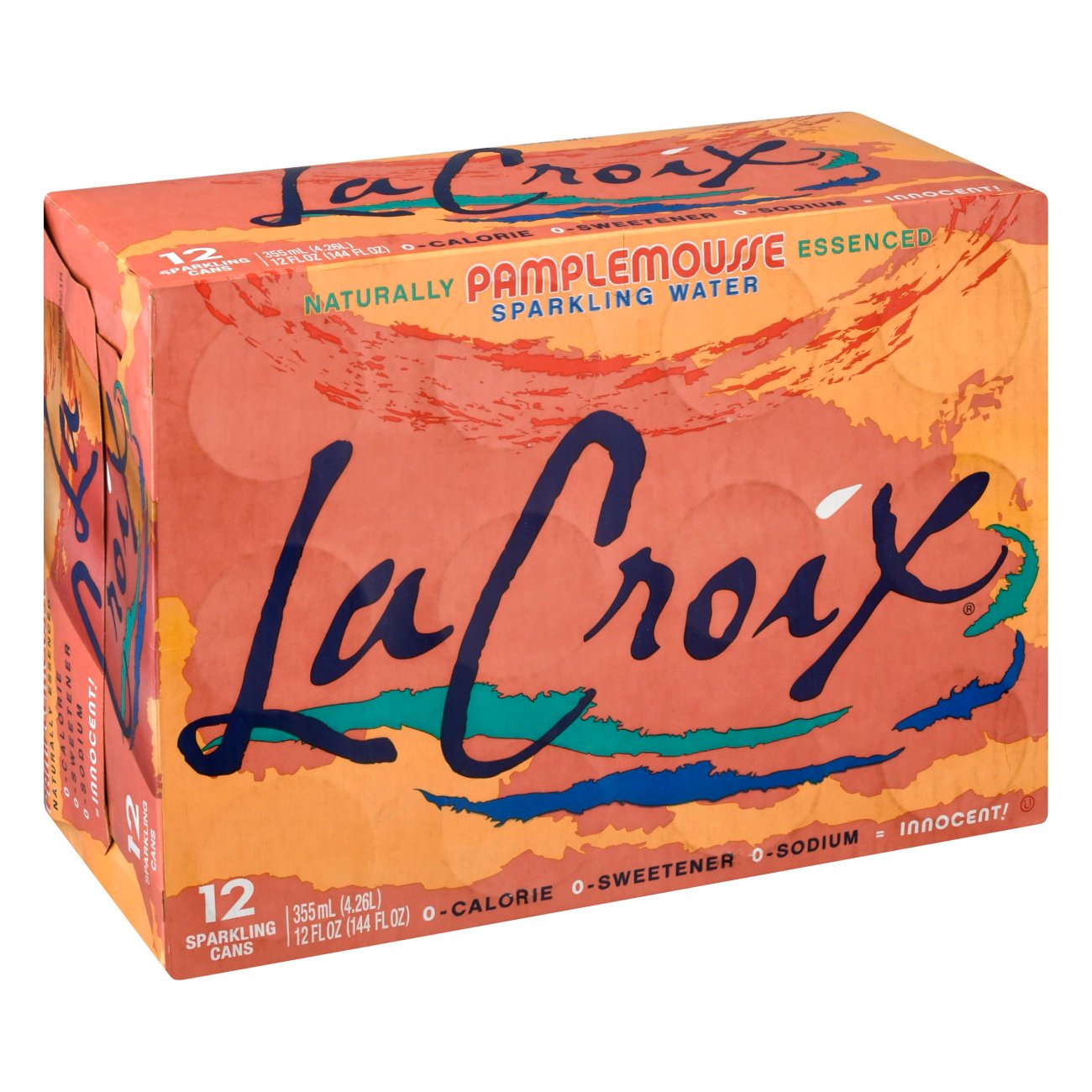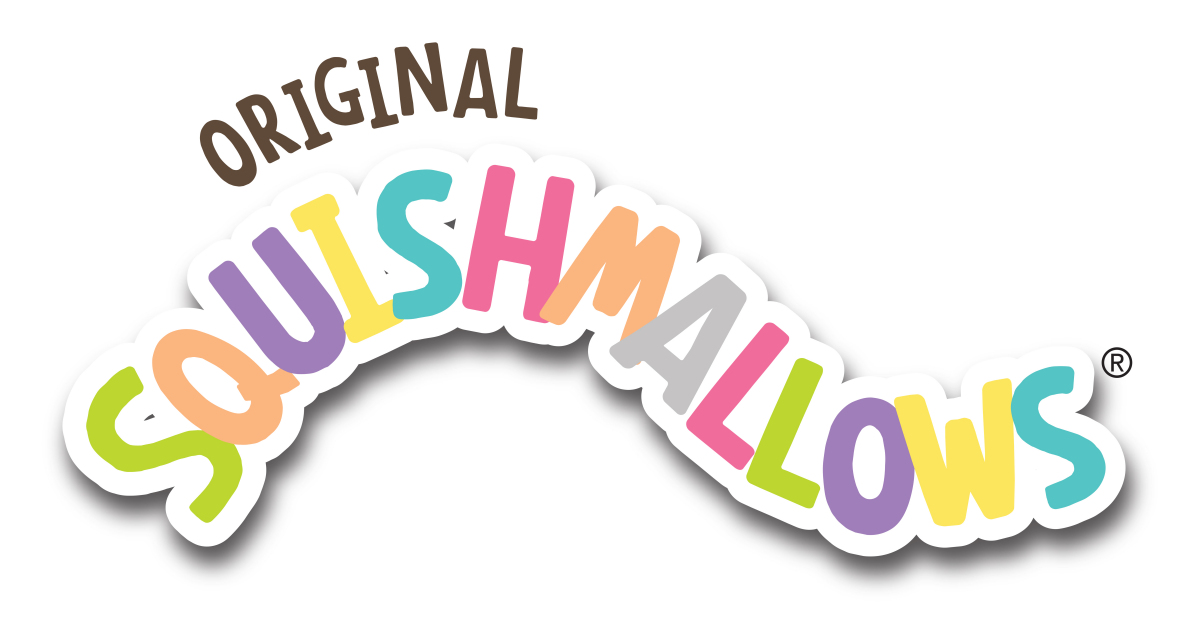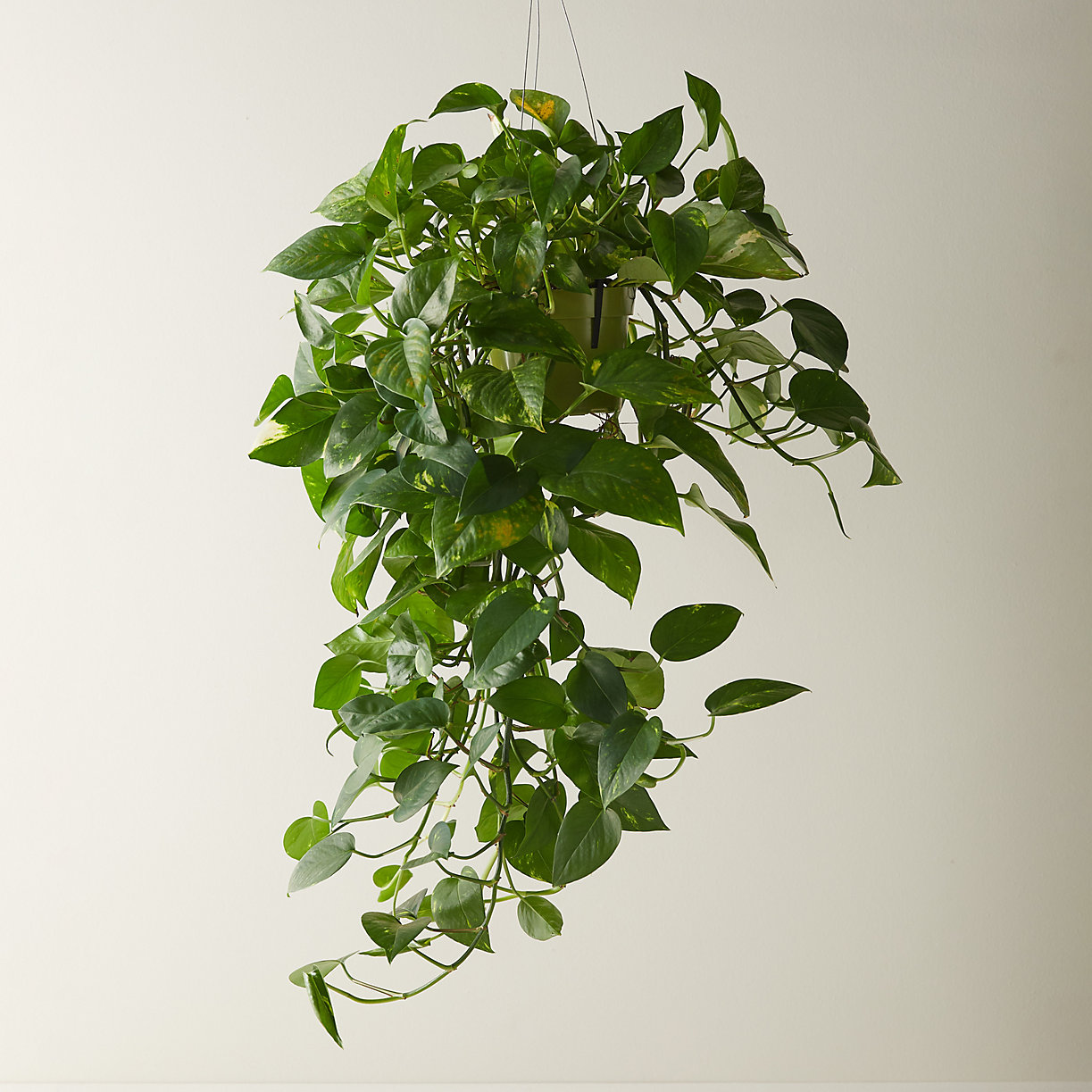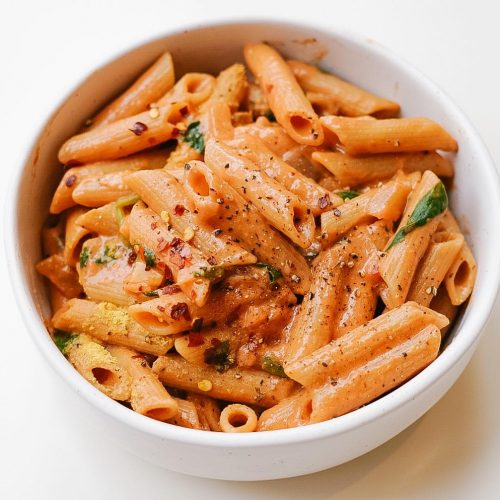“Edge” by Sylvia Plath
1 The woman is perfected.
2 Her Dead
3 Body wears the smile of accomplishment,
4 The illusion of a Greek necessity
5 Flows in the scrolls of her toga,
6 Her bare
7 Feet seem to be saying:
8 We have come so far, it is over.
9 Each dead child coiled, a white serpent,
10 One at each little
11 Pitcher of milk, now empty.
12 She has folded
13 Them back into her body as petals
14 Of a rose close when the garden
15 Stiffens and odors bleed
16 From the sweet, deep throats of the night flower.
17 The moon has nothing to be sad about,
18 Staring from her hood of bone.
19 She is used to this sort of thing.
20 Her blacks crackle and drag.
Feminism was born at the cusp of the nineteenth century from prominent figures such as Susan B. Anthony and Elizabeth Cady Stanton, and has evolved since then. However, no matter how many strides women have made towards equality, countless trials still remain. In her final poem “Edge”, written merely six days before she tragically took her own life, Plath exposes her inner turmoils of femininity and motherhood, suggesting that death is the only salvation from the struggles of womanhood. Through the use of poetic devices, metaphors, and imagery, Plath is able to construct a powerful message about women in society.
Plath’s first two stanzas lay the foundation for the poem, showing how women finally meet society’s expectations, but only in death. The first line of Plath’s poem is the most shocking, where she describes a dead woman. The most unusual part of the stanza is not the dead woman, but how Plath describes her as “perfected. Her dead/” (Plath 1-2). Plath views death as a “perfect” state. In death, the woman is calm and pliant, like society expects. The order of the lines is also significant. The appearance of the woman is prioritized before the knowledge of her death, hinting towards the objectification of women. Furthermore, Plath utilizes enjambment, which forces the reader to cut off before a natural stopping point, creating an uncomfortable feeling while reading. This contributes to the title of the poem, “Edge,” as readers are on edge while reading. Plath’s own mental state seems to be reflected in the subject matter, as she herself is on the edge between life and death. Through these two lines, Plath is making a statement about how she views women. It is only when a woman is no longer living that she can be “perfected.” The very nature of womanhood makes it impossible to be “perfect” in society’s eyes. The second stanza reinforces Plath’s beliefs. The “Body wears the smile of accomplishment,” (Plath 3) shows how Plath is detached from the woman in this poem. She does not refer to her by a name, instead choosing to call her “Body.” This makes the subject of the poem broader, as she is not referring to only one woman or herself, but women in general. The Body finally feels accomplished and satisfied but at the cost of her life. Plath is referring to the unrealistic and incredulous expectations of women, and how those standards cannot be met by the existing.
The next two stanzas expand upon the ancient Greek allusion and reflect upon the history of femininity, showing how women’s struggles have persisted throughout centuries. The line, “Flows in the scrolls of her toga,” (Plath 5) references ancient Greece, perhaps making a statement about the antiquated yet continuous oppression of women. Moreover, the last line of the third stanza ends with the word “bare.” The use of enjambment emphasizes the word, showing that there is vulnerability. The women’s feet are worn and naked, showing that she no longer has anything to hide. The final line of the stanza “We have come so far, it is over.” (Plath 8) demonstrates that she has endured all the hardships of being a woman, and is finally able to rest. The use of the occasional period for punctuation only underscores the finality of the line. The woman has completed her journey, and is finally, at death, able to be free.
Lines 9-12 sheds light on another aspect of being a woman: motherhood. Many view motherhood as the ultimate gift and joy of life, but others like Plath see something different entirely. She has killed her children alongside herself, “coiled, a white serpent,” (Plath 9), and has “folded” them back into herself. The “pitcher of milk, now empty” described in line 11 is a reference to her breasts. The color white is a prominent theme throughout these two stanzas. White is often seen as pure, paralleling the innocence of the youth. However, in this poem, the whiteness of the serpents and milk represent emptiness. Death is usually connoted through the color black, but white conveys the “perfection” of death that Plath desires. White represents a coldness that is often not associated with motherhood. Many can interpret the woman’s actions as a desperate attempt to save her children from the cruel fate of being a woman in her society.
The next two stanzas delve further into the discussion of motherhood and explore a rose metaphor, illustrating that although motherhood and femininity are often glamorized, the realities are quite painful. In death, her children are a part of her as “petals.” Many associate roses with love and beauty, but roses also are known for their thorns. Plath seems to take on this second connotation through her unique word choice, utilizing phrases such as “stiffens and odors bleed” and “night flower,” (Plath 15). She makes no attempt to romanticize the meaning of her poem. The roses can also be a reference to menstruation, a realistic but taboo topic. Plath does not shy away from the mundane yet universal struggles of women. The image of roses is beautiful, but life is also painful. The woman in the poem seeks to escape and only finds solace in death.
The final two stanzas approach the subject of womanhood from a larger lens, demonstrating that the struggles of the woman in the poem are universal. The moon is the overarching symbol of the stanzas. Line 17 states that “the moon has nothing to be sad about.” In this poem, the moon is an objective, detached observer. The moon is referenced by female pronouns, such as “her” and “she.” In literature and many cultures, the moon has been a symbol for women. Similarly, The moon is “used to this sort of thing,” (Plath 19) shows that what the woman has endured in her life is shared by countless other women. The cyclical oppression of women throughout history can be compared to the moon’s cycle. In this final stanza, it is clear that the poem takes on a more hopeless and dreary tone. This piece is not arguing for change; the woman is accepting her reality as truth.
In her poem “Edge,” Plath honestly discusses the trials of womanhood, including motherhood and menstruation. Through the use of poetic devices such as enjambment, metaphors, and imagery, Plath expresses her view that death may be the only salvation from the struggles of womanhood.


 Third place is passionfruit. The can is pretty fun to look at and has pretty colors, which adds to the drinking experience. I’ve only tried the real passion fruit once and wasn’t a huge fan. Thankfully, this flavor doesn’t taste like the real fruit (which
Third place is passionfruit. The can is pretty fun to look at and has pretty colors, which adds to the drinking experience. I’ve only tried the real passion fruit once and wasn’t a huge fan. Thankfully, this flavor doesn’t taste like the real fruit (which Peach-Pear is surprisingly in fourth place. This flavor is sweeter than the other ones, but not in an overly saccharine or overwhelming way. When the mood strikes, this is a great flavor. Peach-Pear is not a conventional flavor, but it works in a weird way.
Peach-Pear is surprisingly in fourth place. This flavor is sweeter than the other ones, but not in an overly saccharine or overwhelming way. When the mood strikes, this is a great flavor. Peach-Pear is not a conventional flavor, but it works in a weird way. 

 On days where I don’t feel like leaving my bed, I just pull this on and it feels like I’ve never left. It does look kind of ridiculous and my family has teased me for it, but it is soo worth it. It also has deep pockets, which is perfect for carrying snacks and your phone around. I’m planning on living in this thing until it starts getting too warm for it.
On days where I don’t feel like leaving my bed, I just pull this on and it feels like I’ve never left. It does look kind of ridiculous and my family has teased me for it, but it is soo worth it. It also has deep pockets, which is perfect for carrying snacks and your phone around. I’m planning on living in this thing until it starts getting too warm for it. world of Greek mythology. The book centers around the tragic love story between Patroclus and Achilles. I say with almost 100% certainty that you’ll be crying at the end of the book. But the tears will be so worth it, and you might even read it again because of how beautifully it was written. Norwegian Wood is almost difficult to describe. Murakami is a brilliant author, and it really shows in this story. It’s a captivating coming-of-age book that covers topics such as love, mental health, and sexuality.
world of Greek mythology. The book centers around the tragic love story between Patroclus and Achilles. I say with almost 100% certainty that you’ll be crying at the end of the book. But the tears will be so worth it, and you might even read it again because of how beautifully it was written. Norwegian Wood is almost difficult to describe. Murakami is a brilliant author, and it really shows in this story. It’s a captivating coming-of-age book that covers topics such as love, mental health, and sexuality. . I’m pretty particular about candle scents, but this candle is the perfect balance between suffocating and barely smelling like anything at all. I rarely reach the bottom of a candle, but I’ve already used up the entirety of this one. It smells really subtly of wood and ocean. The label on the candle says that it has coconut notes but I mostly just pick up the really breezy, but not overwhelming scent of nature. My mom always complains about getting headaches from the scents of candles, but this one is also one of her favorites 🙂
. I’m pretty particular about candle scents, but this candle is the perfect balance between suffocating and barely smelling like anything at all. I rarely reach the bottom of a candle, but I’ve already used up the entirety of this one. It smells really subtly of wood and ocean. The label on the candle says that it has coconut notes but I mostly just pick up the really breezy, but not overwhelming scent of nature. My mom always complains about getting headaches from the scents of candles, but this one is also one of her favorites 🙂





/spider-plants-chlorophytum-definition-1902773-02-4fc579ee1b874f4ca148482782d163b6.jpg)





 (note: my plant does not look this good)
(note: my plant does not look this good)







